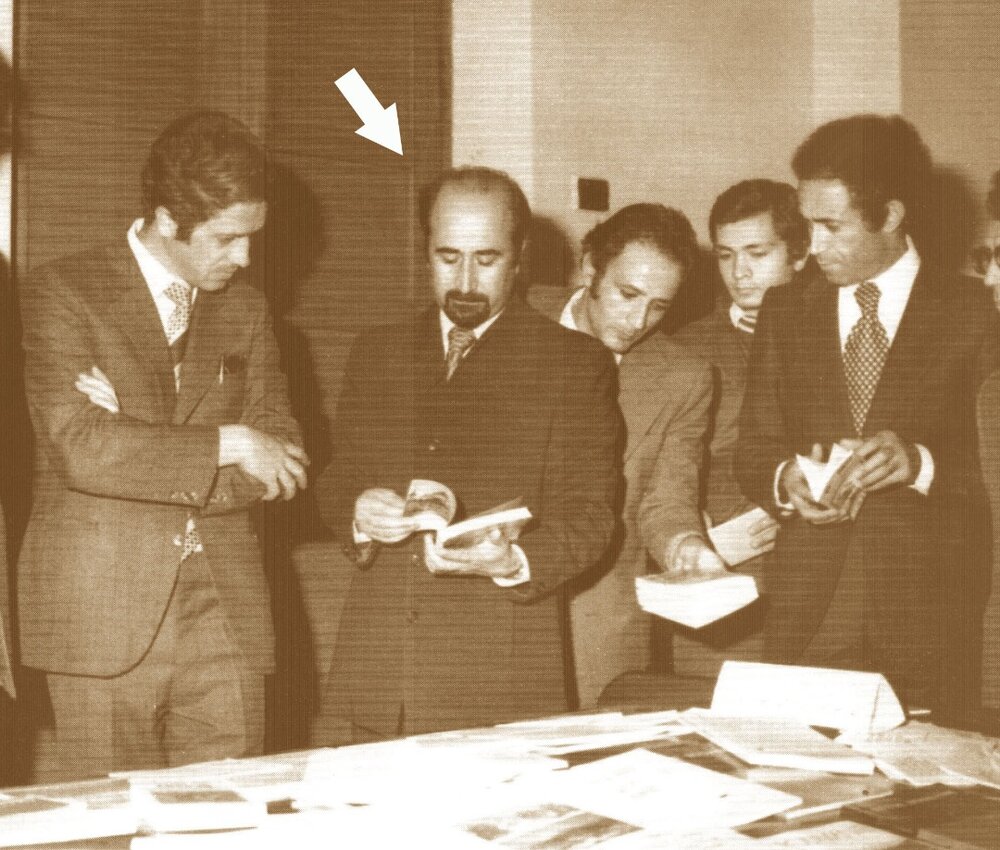Top Iranian archaeologist, Firouz Bagherzadeh, dies at 90

TEHRAN – Iranian archaeologist Firouz Bagherzadeh, who was former director of the Archaeological Center of Iran and a specialist in Islamic art, has died aged 90.
He passed away on Thursday due to old age and following two weeks of hospitalization in Paris, an official with the National Museum of Iran told the Tehran Times.
“The National Museum of Iran extends sincerest condolences to his family, friends, former students, and colleagues,” Jebrael Nokandeh, the director of the National Museum of Iran, said in a condolence message.
“His directorship period was one of the brilliant periods for the Iranian archeology and the National Museum of Iran.”
Abolishment of the law on the division of archaeological finds resulting from the surveys and excavations of joint Iranian and foreign delegations, establishment of a laboratory for the restoration of archaeological finds, inscription of the three Iranian monuments in the World Heritage List (Chogha Zanbil, Persepolis, and Naqsh-e Jahan Square) in collaboration with Shahriyar Adl are among his most important works.
Born on May 31, 1930, in Tabriz, East Azarbaijan province, Bagherzadeh received his B.A. degree from Tehran University in 1954. In 1956 he joined the Department of Fine Arts where he founded the periodical Honar-va-Mardom (Art and Ethnography), of which he was the editor until he obtained a Fulbright Scholarship for postgraduate studies in the U.S., where he read Art History at the University of Southern Illinois (1959-60).
He started his specialization in Islamic art and archaeology at the School of Oriental and African Studies of the University of London (1960-62) under the late Storm Rice. He went to Paris where he worked at the Sorbonne (1962-67) under the tutorship of the late Gaston Wiet, at the same time reading Islamic Art and Archaeology at the Ecole du Louvre under the late Jean David Weil.
In 1967 he was admitted to the CNRS as a researcher in Oriental cultures, and he worked there until he was commissioned by the Iranian Ministry of Culture and Arts in 1971 to return home and prepare the project for the Iranian Centre for Archaeological Research (ICAR).
He founded the ICAR in 1972 and was its Director-General until 1978. He initiated the Annual Symposium on Archaeological Research in Iran and is the editor of the proceedings thereof. In June 1977 he was elected the first President of the World Committee of Cultural and Natural Heritage (UNESCO).
AFM/
